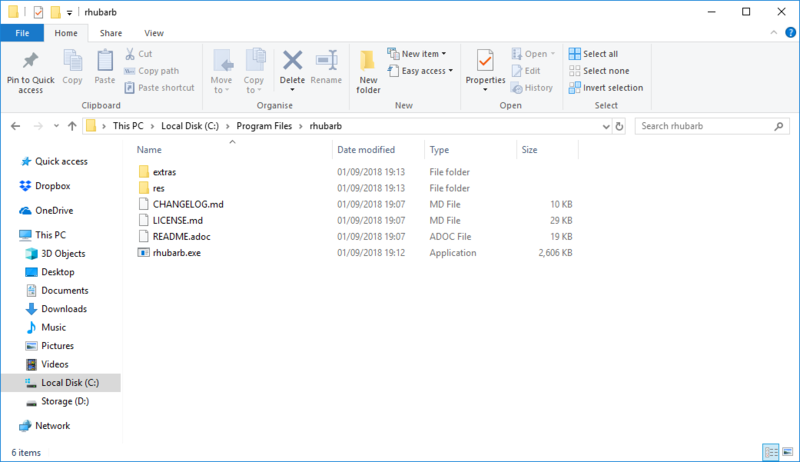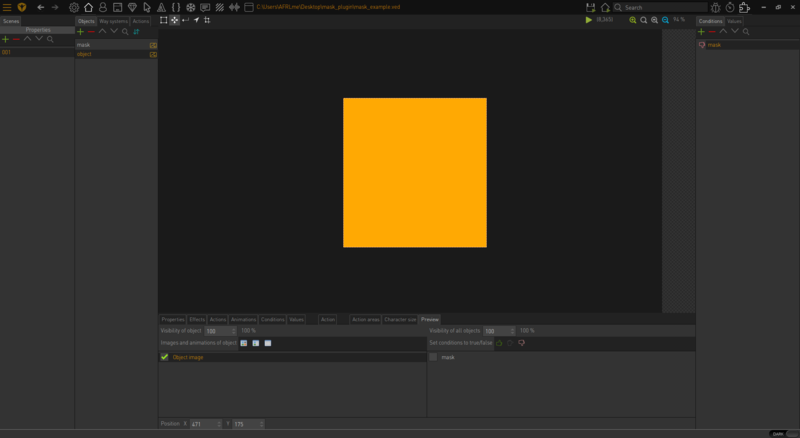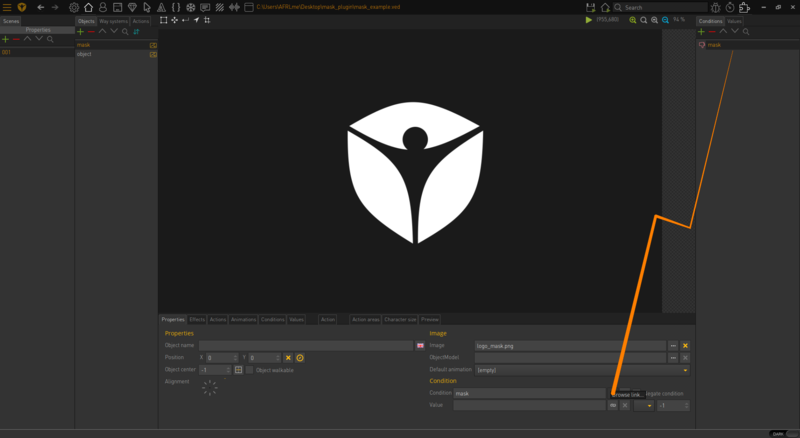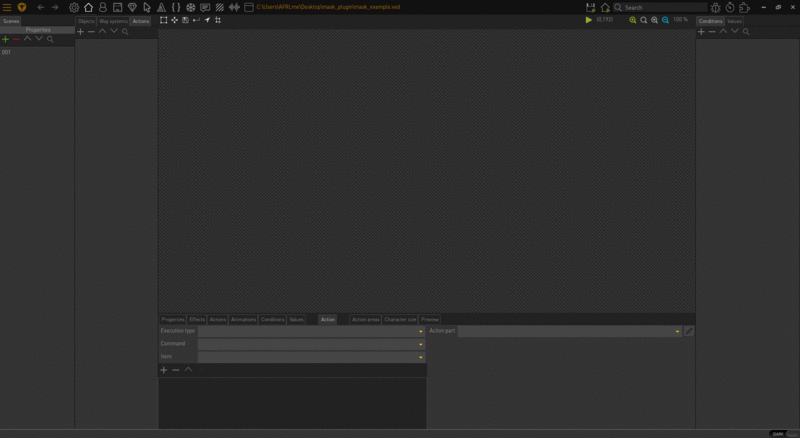Lip sync
| Name | By |
|---|---|
| How to generate lip sync files with Rhubarb Lip Sync & use them in Visionaire Studio (animation, tsv files) | AFRLme |
This tutorial will show you how to setup Rhubarb Lip Sync, how to generate lip sync files from an audio recording containing speech, & how to make your talk animations lip sync ready.
Tutorial
Installing Rhubarb Lip Sync
First things first, you will need to download the latest version of Rhubarb Lip Sync. You can find it here.
Once you have downloaded the latest version of Rhubarb, you should navigate to c:/program files & create a new folder. Rename the new folder rhubarb. Now open up the zip file containing the latest version of Rhubarb & drag the contents into the rhubarb folder you just created.
Now minimize or close all open windows & double click on my pc, my computer or whatever it is called on your pc. Wait for the window to open up & then right click somewhere where there is empty space, then click on properties. On the next window that opens up, click on advanced system settings, then click on environment variables on the next window that pops up.
Now you need to locate & select path found under system variables. Once you have done that, click on the edit button. Another window will pop up. Click on the new button & type C:/Program Files/rhubarb/ into the new entry that you just created, then click on the ok button. That's all there is to setting up Rhubarb Lip Sync on Windows. Close all the windows & you are done.
| Quick note: alpha transparency needs to be present in both the image/animation that you want to mask & the image that you will be using as the mask. If you are using a simple shape for the image, such as a square or rectangle, make sure you extend the canvas on all sides by a couple of pixels or so & that the canvas background is transparent. This seems to prevent any strange drawing behaviors when the engine calculates which parts of the masked image to draw in. |
Now that you have an image you want to mask, you will need to create an image to use as a mask. Your mask image should comprise of white & alpha transparency. Only the parts of the masked image that overlap the white parts of the mask image will be drawn in.
Now create a new scene condition & name it something along the lines of mask - it doesn't actually matter what you call it - then link the condition to the properties section of the mask object. The condition will be used to hide the mask object, as we do not actually need to see the mask image in-game to be able to mask another image.
The final step is to use the start mask on object action part that will allow you to specify the target (object, scene, or character) & the scene object that contains the mask. To make things simple, let's just apply the mask as soon as the scene loads.
Click on the scene actions tab then click on the ![]() button to create a new action. Set the action type as at beginning of scene & then click on the
button to create a new action. Set the action type as at beginning of scene & then click on the ![]() button. Type "mask" into the search bar at the bottom of the action part selection modal. Select the mask object with object action part. Now link object to the scene object containing the image/animation you want to mask, then link mask to the scene object containing the image you want to use as the mask. Voila.
button. Type "mask" into the search bar at the bottom of the action part selection modal. Select the mask object with object action part. Now link object to the scene object containing the image/animation you want to mask, then link mask to the scene object containing the image you want to use as the mask. Voila.
Reference Video
Resources
| Name | Description |
|---|---|
| mask_example.zip | A working .ved file, complete with resources. Check out the readme.txt file for instructions. |



